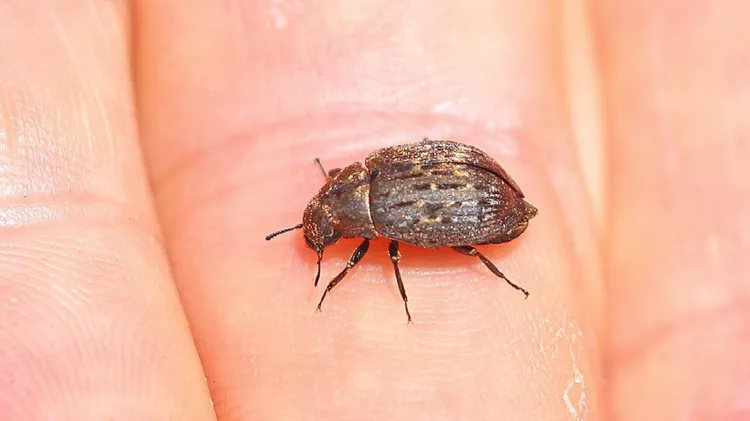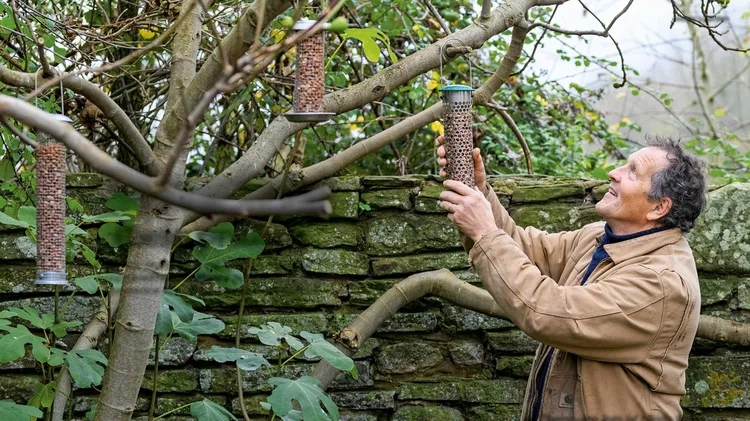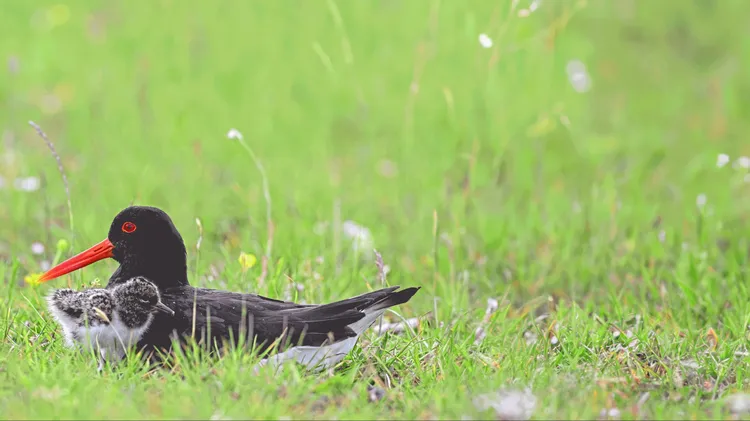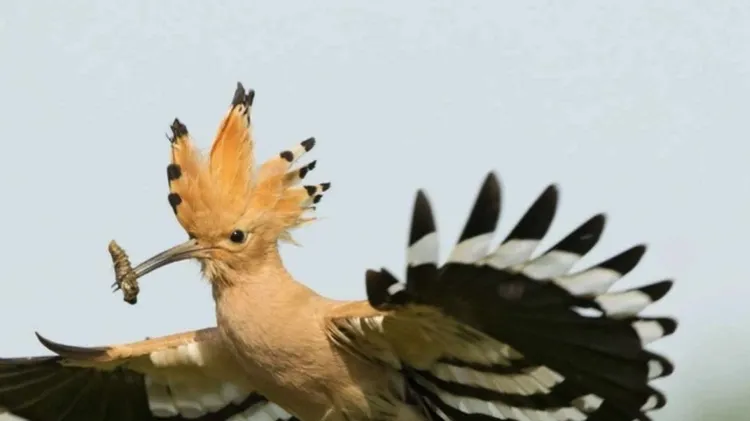This tiny, fleet-footed deer is an expert escape artist – will you be able
Miniature muntjac
1 min read
This article is from...
Read this article and 8000+ more magazines and newspapers on Readly






